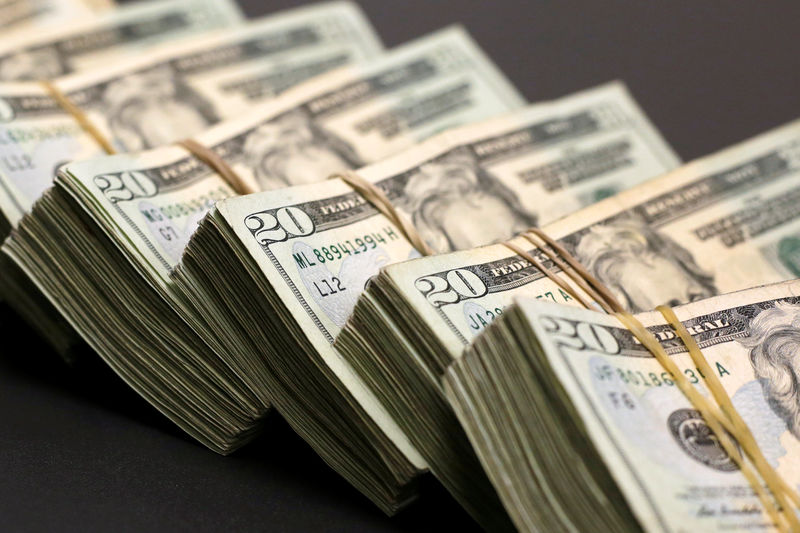Investing.com– Most Asian currencies fell slightly on Monday, while the dollar retreated from recent peaks as investors continued to fret over any potential spillover from the Israel-Hamas war.
Appetite for risk-driven Asian currencies remained fragile, while the dollar saw a smidge of profit taking after coming close to 10-month highs last week. Fears of higher U.S. interest rates, following a strong inflation reading for September, kept sentiment towards Asian markets largely negative.
Focus this week is also on a string of key economic indicators from China and Japan. The fell 0.1%, with third-quarter data due later in the week.
The reading is expected to show continued weakness in Chinese economic growth, as business activity remained subdued despite the lifting of anti-COVID measures at the beginning of the year.
The People’s Bank of China is also set to decide on its key this week, although a change appears unlikely after the PBOC kept medium-term lending rates unchanged.
The firmed slightly and remained just shy of the 150 level, which investors believe will attract intervention by the Japanese government in currency markets. Focus this week is on Japanese , and more importantly, data for September.
Any stickiness in inflation gives the Bank of Japan more impetus to tighten monetary policy- a scenario that could support the yen.
Recent weakness in oil prices helped the rise 0.1%, while markets also awaited data due later in the day.
The rose 0.4%, recovering from a 10-month low, although sentiment towards the currency remained dampened by weakness in commodity prices.
Dollar sees safe haven demand as Middle East tensions persist
The and both fell about 0.1% each in Asian trade on Monday, seeing some profit taking. But a surge in demand for safe haven assets, in the wake of the Israel-Hamas war, saw the greenback remain close to a 10-month peak.
Israel is set to carry out a ground assault on the Gaza strip, a move that could mark an escalation in the conflict, and potentially draw in more Middle Eastern countries. But U.S. officials said that such a scenario appeared unlikely.
The steadied on Monday, after clocking a nearly 4% slump against the dollar over the past two weeks.
The dollar was also boosted by expectations of higher U.S. interest rates, as recent data showed consumer inflation and sentiment remained robust. Focus this week is also on a string of Federal Reserve speakers, as well as more U.S. economic readings.
U.S. rates are likely to remain higher for longer, pressuring Asian markets as the gap between risky and low-risk yields narrows further.
Read the full article here
